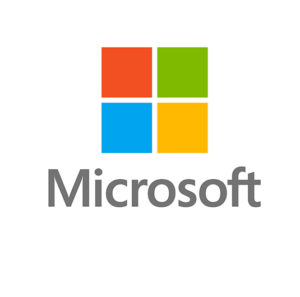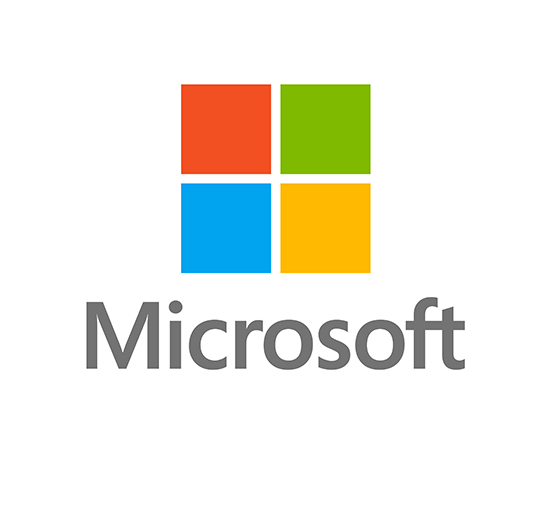This will be an odd sentence to read for people who remember the debacles of Microsoft's Zune and Windows Vista: Investors have grown too infatuated w

Yes, Microsoft. The longtime king of the bumbling tech nerds is now … the cool kid in school. Its chief executive wears fashionable $500 sneakers and quotes Urdu poetry. For the first time in ages, Microsoft is on the cutting edge in personal computers, a range of software for businesses, video games and futuristic technology that superimposes virtual images onto the real world. The company’s stock price has nearly doubled since Steve Ballmer stepped down as CEO in early 2014.
The 42-year-old company is one of the few original technology empires to cross the chasm from one generation to the next. But the justifiable enthusiasm about Microsoft’s promise has gotten ahead of reality
People who buy Microsoft’s stock today are paying 21 times the company’s estimated earnings for the next year, after some adjustments including accounting for its cash and debt, according to Bloomberg data. That means stock buyers are essentially paying upfront for the next two decades of Microsoft’s profits. Microsoft’s longtime antagonist, Google parent company Alphabet, is a relative bargain on the same basis. Excluding its cash holdings, Alphabet is valued at about 18.5 times its adjusted profits.
Microsoft and Google are in mostly different businesses, but the comparison is useful to show how Microsoft’s makeover has allowed it to leapfrog both its graying peers such as business software firm Oracle and some of the younger guard in technology. Alphabet has nearly the same annual revenue as Microsoft, and its sales are climbing at a rate of 20 percent a year. Microsoft’s revenue is barely growing if you exclude the fresh sales from business networking website LinkedIn, which Microsoft acquired in December.
What investors love is how much Microsoft has changed. The company that missed the boat by focusing too much on Windows, traditional business software and other technologies that peaked in the era of dial-up AOL is now like the onetime high school nerd who surprises everyone at the reunion. Microsoft has transformed its image and can’t stop talking about its new look.
All Microsoft talks about is its newer-generation technologies including Web-friendly versions of Office and a cloud-computing software called Azure. That’s all investors care about, too, and they value the company based on these newer products. Microsoft’s technology transformation is real, but financially the new Microsoft hasn’t changed that much from the old one.
Microsoft was on pace to top $15.2 billion in annual revenue from next-generation technologies, calculated from its sales in March for its newer tech including the Web-friendly editions of Office and its software for sales departments plus Azure. That’s about 15 percent of Microsoft’s estimated total revenue for the fiscal year that just ended. (The two revenue figures aren’t directly comparable, but it’s close enough.)
That’s not so big. And the dirty secret of the software industry is that what companies decide to count as cloud-computing revenue remains fuzzy. Even former CEO Ballmer has called on Microsoft to give more financial details from its cloud businesses.
The new stuff is also a drag on Microsoft’s bottom line. The company generates about 25 cents in operating margin for every dollar in revenue, Bloomberg data show. That’s a 40 percent drop in operating margins since 2010.
Microsoft’s newer-generation technologies generate slimmer profit margins than the Windows and computer server software of old, and the company’s splurge into its own PCs and other tech gadgets has weighed on margins as well. To offset this, Microsoft is smartly trimming costs including a round of layoffsannounced at the beginning of July.
There is no doubt Microsoft’s transformation is real and necessary, even if for the foreseeable future the company will continue to make the most money from older software products. The danger is that if it doesn’t shift to where the growth is, Microsoft will die of irrelevance. But it’s a risk to value Microsoft as if it has figured out the future while it is still in the midst of a foundational transition whose outcome is still unclear.
Many billions of dollars of shareholder money is at stake in similar technology revolutions at Oracle, IBM, Intel — and truthfully every other tech company that’s more than 20 years old. Some of them won’t make it. Microsoft will. But before anyone goes head over heels for Microsoft, it’s worthwhile to slow down and make sure the transformation is permanent.
bloomberg.com

